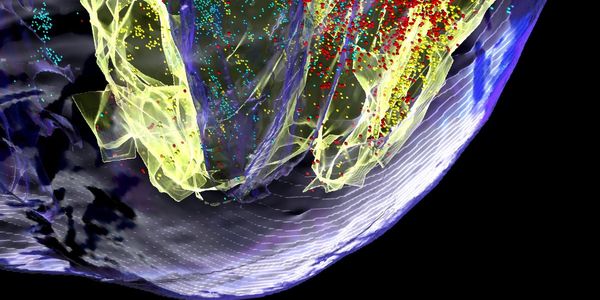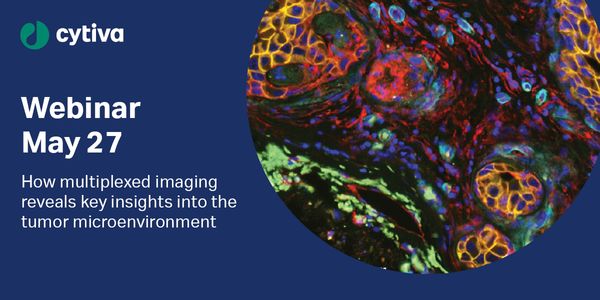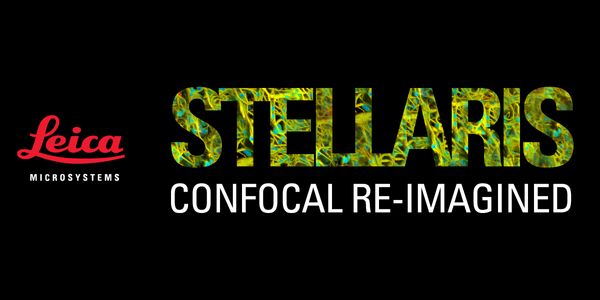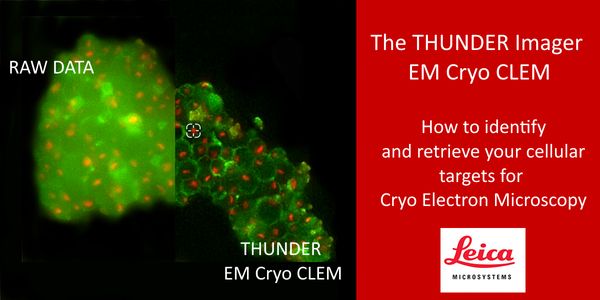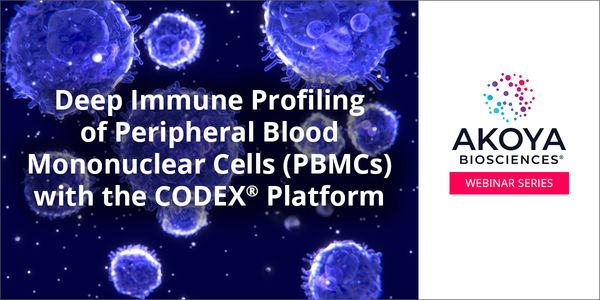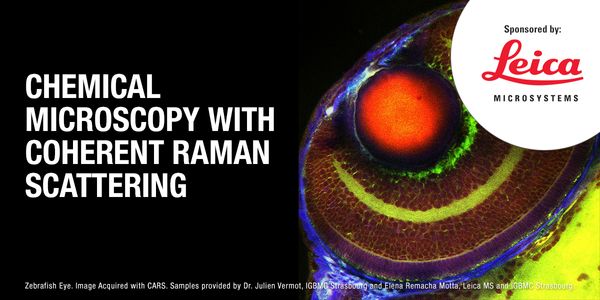Microscopy studies
Microscopy is a broad category encompassing various techniques that use microscopes to visualize samples and specimens that can't be seen by the naked eye. Microscopy studies can use a range of microscope platforms including simple microscopes, compound microscopes, electron microscopes, stereomicroscopes, confocal microscopes, and Scanning probe microscopes.
-
The mammary gland is a unique organ that develops predominantly after birth and undergoes dramatic remodelling in reproductive phases. Macrophages have been implicated in mammary gland funct...
During organismal development, differential regulation of the cell cycle is critical to many cell biological processes, including cell migration, cell fate specification and differentiation....
MAY 28, 2020 | 9:00 AM
DATE: May 28, 2020 TIME: 9:00am PDT High-resolution imaging of sentinel lymph nodes (SLN) is gaining significance to specify staging and to determine patients requiring adjuvant treatment. C...
MAY 28, 2020 | 8:00 AM
DATE: May 28, 2020 TIME: 8AM PT, 11AM ET, 4PM GMT, 5PM CET...
MAY 27, 2020 | 8:00 AM
DATE: May 27, 2020 TIME: 8:00am PT, 11:00am ET Multiplexed immunofluorescent imaging sheds new light on cancer and other complex conditions. This imaging technique offers a deeper understand...
Speaker:
Paul Goodwin
, Fiona Ginty
, Prachi Bogetto
Sponsored By: Pall Medical, now a part of Cytiva
Many questions at the forefront of biology depend on the interactions of millions of single cells. My lab develops technologies for studying large numbers of single cells. In this talk, I wi...
Speaker:
Adam Abate, PhD
MAY 13, 2020 | 9:00 AM
DATE: May 13, 2020 TIME: 9:00am PT, 12:00pm ET STELLARIS. Confocal re-imagined. In microscopy, our mission is to empower you to drive progress in science. To get you closer to the truth, we...
MAY 12, 2020 | 9:00 AM
NEW DATE: Date: May 12, 2020 Time: 9:00am PDT, 12:00pm EDT...
The forensic investigation of crime involves answering four basic questions: who, what, where, and when. Tools exist to answer questions of who, what and where, but the question when is ofte...
Crime scene investigation is more than just processing or documentation of crime scenes, nor is it just the collection or packaging of physical evidence. It is the first step and the most cr...
The current standard methodology in forensic DNA typing relies on amplification of short tandem repeat (STR) markers by the polymerase chain reaction (PCR) and allele sizes (i.e., length-bas...
The potential for cognitive bias in forensic evidence interpretation and crime scene investigation continues to receive attention and debate within forensic and academic communities. Startin...
In late 2019, nearly a decade into a life sentence, Lydell Grant was released from a Texas prison after being convicted of a murder that he did not commit. The victim, Aaron Scheerhorn, was...



